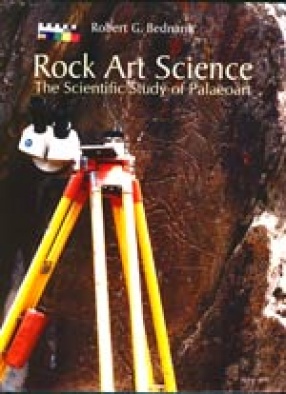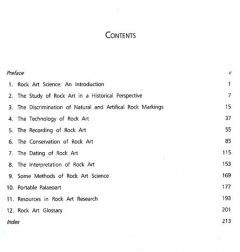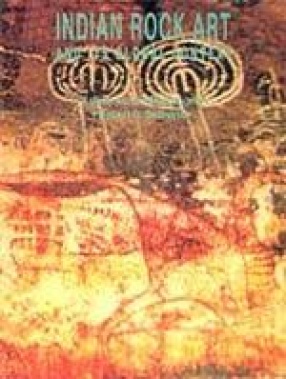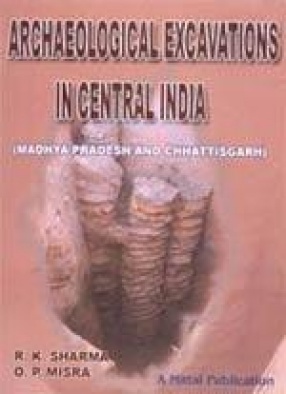This is the first comprehensive academic textbook about the application of scientific principles and methods in the study of pre-Historic art. The volume is especially intended for use by researchers, teachers, students, authors, conservators, site managers and administrators concerned with the study, analysis or protection of rock art, it is an essential source for academics in archaeology and several other disciplines concerned with this cultural resource. A tightly written text covers fundamental issues, such as the sometimes difficult task of discriminating between natural and humanly made rock marking; and various aspects of epistemology, including a summary of the historical development of the discipline. Detailed chapters consider the technology of rock art, how it was produced, all of the methods used in its dating, and those of recording rock art. The technical chapters are completed with a detailed description of rock art preservation and site management practices. The various approaches to the interpretation of rock art are examined, including those derived from ethnography, iconography, universals in art, internal analysis, statistics and taphonomy. Specific methods of rock art analysis are considered in a separate chapter, covering colour calibration, microscopy, nano-stratigraphy and physical sampling. This is followed by a discussion of the rich record of portable pre-Historic art object, such as manuports, mobiliary engravings, figurines, plaques, beads and pendants. Also considered are fakes and misidentifications, and the technological analysis of portable objects is detailed. This comprehensive, highly informative and thoroughly referenced up-to-date volume is completed with a glossary, a list of information resources and an index. Rock art research is a rapidly developing field of investigation that has traditionally suffered from idiosyncratic, disjointed and unfocused research efforts. This much-needed standard textbook provides not only a reference benchmark for the discipline, it brings to this task a relentless epistemic rigour and an uncompromising logic defining what is and what is not science in rock art studies.
Rock Art Science: The Scientific Study of Palaeoart
In stock
Free & Quick Delivery Worldwide
reviews
Bibliographic information
Title
Rock Art Science: The Scientific Study of Palaeoart
Author
Edition
1st ed.
Publisher
ISBN
8173053189, 9788173053184
Length
viii+220p., Figures; References; Glossary; Index; 28cm.
Subjects








There are no reviews yet.